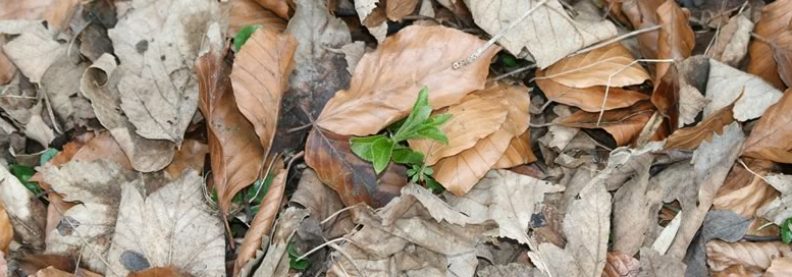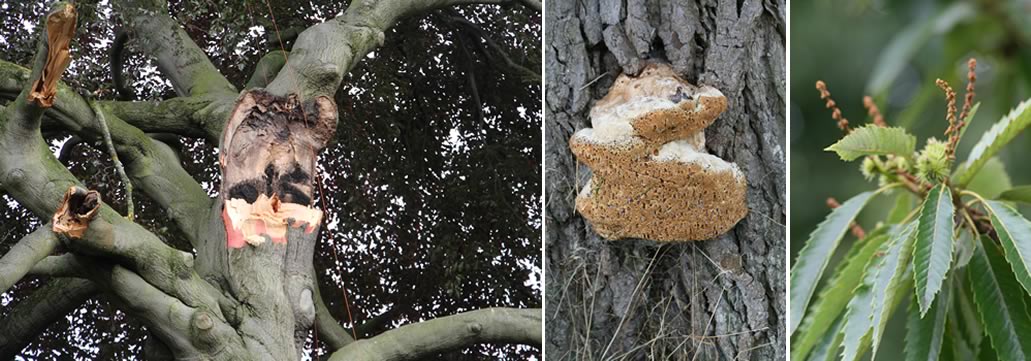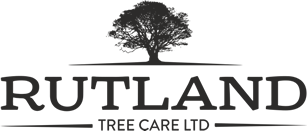Covering Stamford, Oakham, Rutland, Peterborough, Leicestershire & Lincolnshire
E: lee@rutlandtreecare.com | T: 01780 411 470 | M: 07834 594 291

Consultancy
Lee Overton is a Consulting Arborist and holds the following qualifications and accreditations:
- Technician Grade Member of the Arboricultural Association – Tech Cert (ARBOR.A)
- Lantra Professional Tree Inspector
- International Society of Arboriculture Tree Risk Assessment Qualified (TRAQ) Inspector.
- ISA Certified Arborist.
- Consulting Arborist Member – consultingarboristsociety.com
Tree Risk Assessment (Safety Survey)
Tree owners legal duty – Are you covered?
As a tree owner you could be liable in law should your tree fail and injure a person or their property.
Tree owners have a legal duty of care under the Occupiers’ Liability Acts 1957 & 1984 to have their trees inspected on a regular basis by a competent person and to ensure that they do not present a danger to others.
So as to fulfil your duty of care it is recommended that you have your trees regularly inspected by a suitably qualified expert.
What is a Tree Risk Assessment (Safety Survey)?
A tree risk assessment is a health and safety survey.
It based on the implications of finding defects within the tree and offering advice on how best to mitigate these defects to lower the likelihood of the tree failing which could result in some harm occurring to person or property.
Types of Tree Risk Assessments offered
- Specific Tree Survey – This can be a single tree survey which may be a cause of concern up to any number on a specified area of land.
- Full Comprehensive Survey – This is where all the trees in an area of land are all tagged & individually surveyed.
- Negative Reporting Survey – All the trees in an area of land are surveyed but only the trees that require work will be tagged and plotted onto a plan.
- Surveys can be tailor-made to suit the landowner’s requirement taking into consideration areas of high usage or where there are high-value targets present – please call to discuss.
Tree Preservation Orders (TPO’s)
Tree Surveys for Tree Preservation Order applications
If a tree has a Tree Preservation Order on it under Part VIII of the Town and Country Planning Act 1990 written consent will have to be sought from the local planning authority (LPA) before any works can take place (in some cases the dead, dying and dangerous exemption will apply). Failure to acquire consent from the LPA can result in prosecution.
Prior to you seeking consent we can assess the trees and offer advice on the likelihood of the LPA consenting to the desired works and if unlikely offer advice on what may be more suitable works and then submit the formal application directly to the council based on this.
Tree Surveys to BS5837(2012) ‘Trees in relation to design, demolition and construction – Recommendations’
BS5837 is the British Standard for Trees in relation to design, demolition and construction. The latest version was published in 2012 and applies to all trees that could be affected by the design, demolition or construction phase of a development.
BS5837 Services Offered
Tree Survey
- The first stage in the arboricultural assessment process. This includes tree survey data collection including species, condition, height, crown spread, stem diameter and tree quality categorisation.
Arboricultural Impact Assessment & Tree Constraints Plan
- An Arboricultural Impact Assessment (AIA) reviews the potential impacts that the proposed development could have on the trees.
- The Tree constraints Plan (TCP) maps the influence that the trees on or adjacent the site could have on the proposed development. It takes into consideration both above ground and below ground constraints.
Arboricultural Method Statement & Tree Protection Plans
- After the proposed development layout has been finalised a Tree Protection Plan and an Arboricultural Method Statement will be submitted detailing how best to protect the remaining trees on site.

